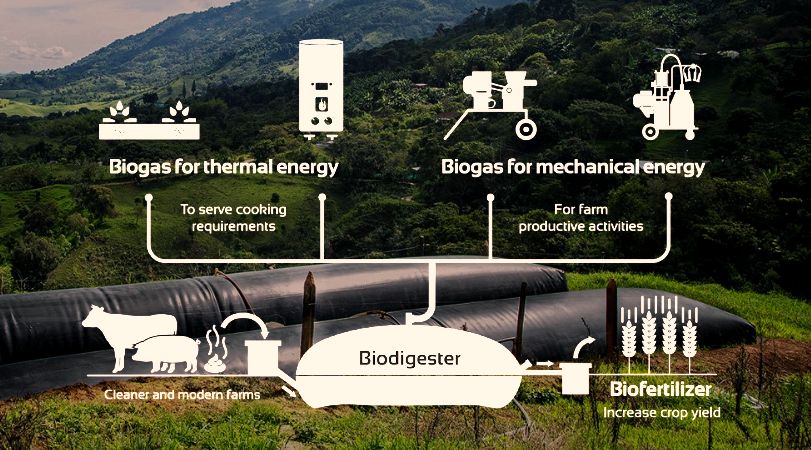

India’s demand for energy has more than doubled in the past two decades. In FY 2020, the Ministry of Power reported that India generated 1,381 billion units (BU) of power. While India’s energy mix is still dominated by coal, which meets 53 per cent of the total energy demand, there has been an increasing shift to renewable energy. In 2020, renewable energy met about 24.8 per cent of the energy demand.
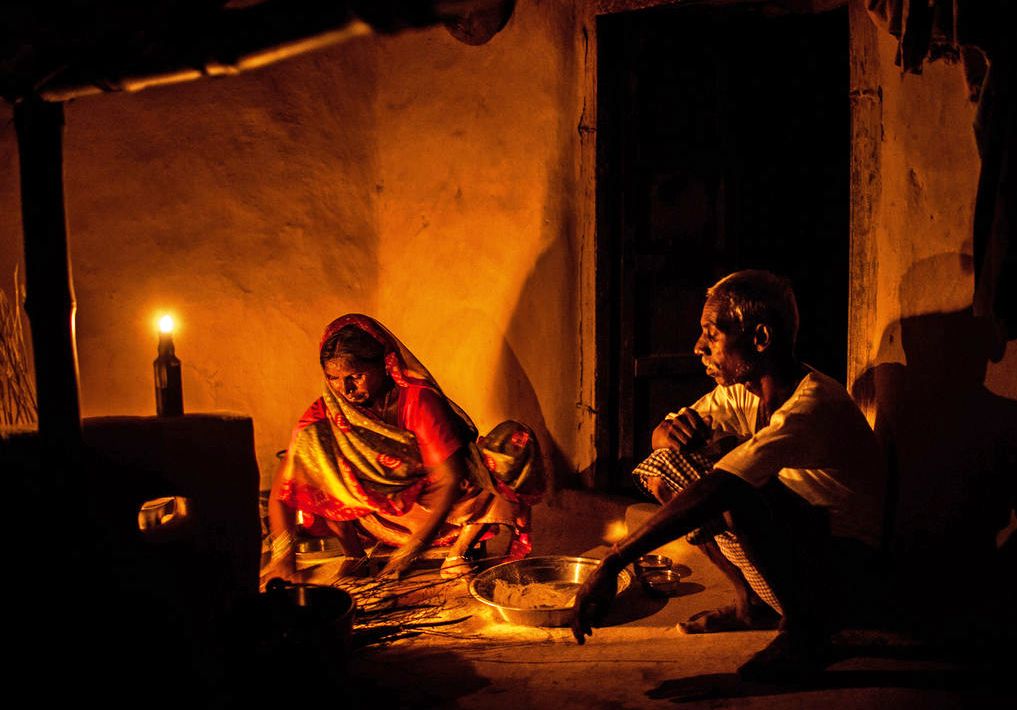 However, access to energy in rural India is still a concern. While grid connectivity has reached 96.7 per cent of Indian households, and 2.4 per cent of Indian households remain unelectrified, most of them are concentrated in the rural areas of Uttar Pradesh, Madhya Pradesh, Rajasthan, and Bihar. In 2020, NITI Aayog conducted a study on electricity access in India wherein agricultural respondents reported an average of 15 hours of power availability. In some parts of Gujarat, Karnataka, and Punjab, electricity access is as low as 8 hours per day. The report also outlined the unreliability of grid connectivity in rural India with prolonged power outages and fluctuations in power even when it is available.
However, access to energy in rural India is still a concern. While grid connectivity has reached 96.7 per cent of Indian households, and 2.4 per cent of Indian households remain unelectrified, most of them are concentrated in the rural areas of Uttar Pradesh, Madhya Pradesh, Rajasthan, and Bihar. In 2020, NITI Aayog conducted a study on electricity access in India wherein agricultural respondents reported an average of 15 hours of power availability. In some parts of Gujarat, Karnataka, and Punjab, electricity access is as low as 8 hours per day. The report also outlined the unreliability of grid connectivity in rural India with prolonged power outages and fluctuations in power even when it is available.
While there is a high potential for other renewable energy sources to provide energy access in rural areas such as waste-to-biofuels, biomass, bagasse cogeneration, and small hydro, these sources are not utilised to their full potential. None of these provides a solution for cooking nor addresses the problem of clean cooking in rural areas.
Additionally, rural India is plagued by a lack of access to clean cooking. A recent study in six of the most energy access-deprived States — Bihar, Jharkhand, Madhya Pradesh, Odisha, Uttar Pradesh, and West Bengal — suggests that only about one-third of the rural population in these States use LPG as their primary cooking fuel. Over 62 per cent of Indian households still use firewood for their cooking and heating needs.
While there is a high potential for other renewable energy sources to provide energy access in rural areas such as waste-to-biofuels, biomass, bagasse cogeneration, and small hydro, these sources are not utilised to their full potential. None of these provides a solution for cooking nor addresses the problem of clean cooking in rural areas.
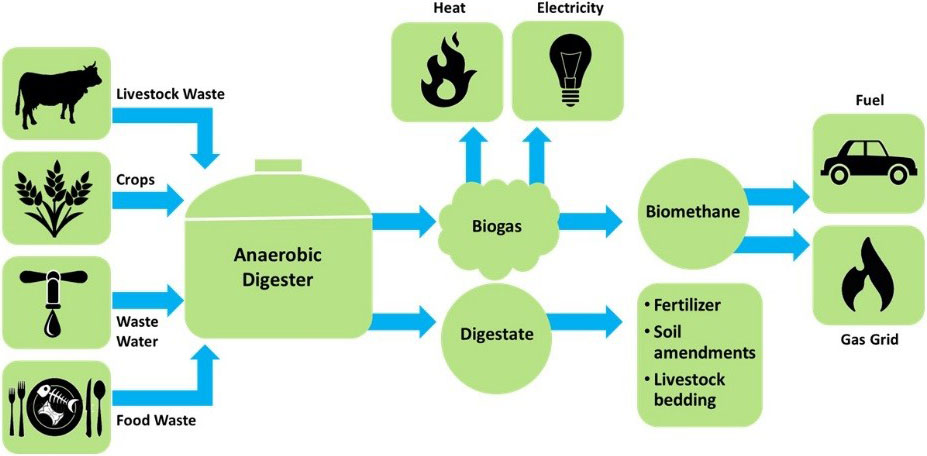
Biogas has significant potential as a technology to enable energy access, improve the economic returns to smallholder farming, address climate change, and mitigate health concerns – but this potential is largely unrealised. It is estimated that there is a potential to install about 12 million household-type biogas plants and produce up to 40,734Mm3/year of biogas and produce power of about 17,000 MW, which is about 10 per cent of the country’s energy requirement.
Biogas is one of the biofuels with the potential to power the homes of millions of people in India. It is produced by digesting waste anaerobically in a biogas plant. Biogas can be used for cooking, heating, lighting, power generation, and transport applications. In addition, biogas plants produce a substrate called bioslurry as a by-product. This is an effective organic fertiliser that has a significant positive impact on yields and long-term soil health.
Biogas has significant potential as a technology to enable energy access, improve the economic returns to smallholder farming, address climate change, and mitigate health concerns – but this potential is largely unrealised. It is estimated that there is a potential to install about 12 million household-type biogas plants and produce up to 40,734Mm3/year of biogas and produce power of about 17,000 MW, which is about 10 per cent of the country’s energy requirement. As per Statista, about 5 million biogas plants have been installed till 2020, which is about only 40 per cent of total potential.
Biogas plants can be deployed in a range of different contexts, including on an industrial scale on large commercial farms and processing facilities, at a community level, and on a household level for smallholder farmers. These typically produce enough gas for household cooking, while larger systems may also produce surplus gas to be used in heating or as energy for productive assets.
India produces over 1100 million tonnes of waste every year from a livestock population of 536 million. This makes biogas plants a viable option to power the homes in rural India which are plagued with unreliable power supply. To produce electricity, biogas can be used as fuel for combustion engines, which can further convert it to mechanical energy, and power an electric generator.
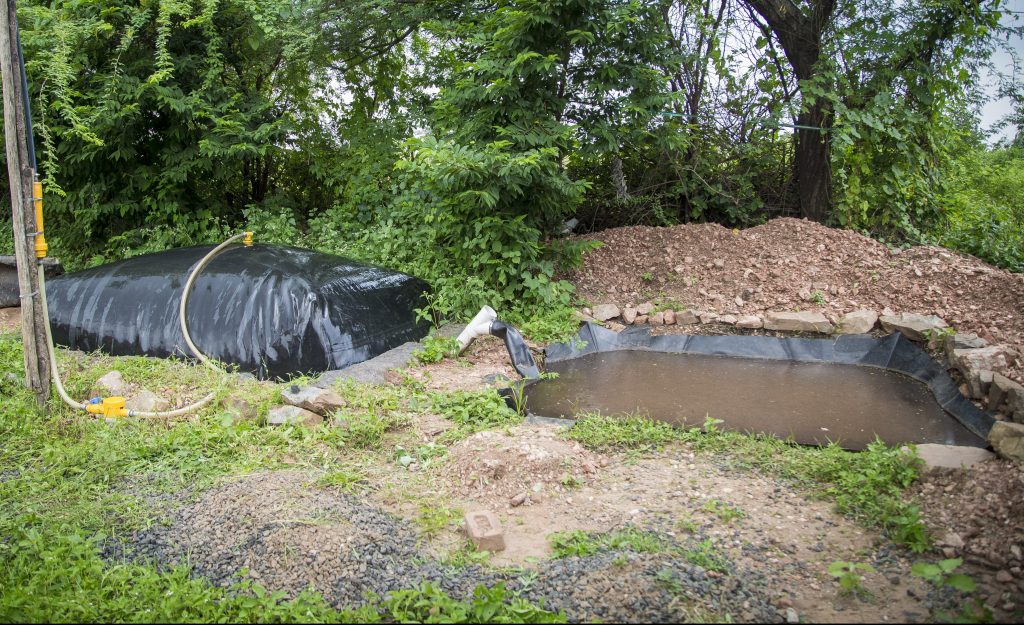
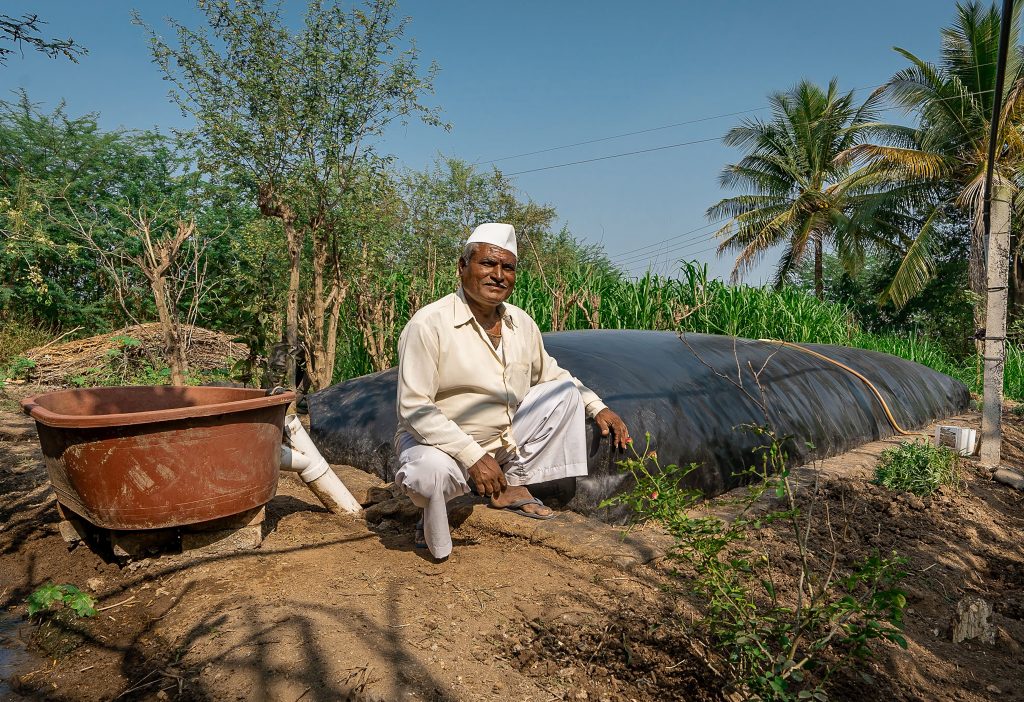
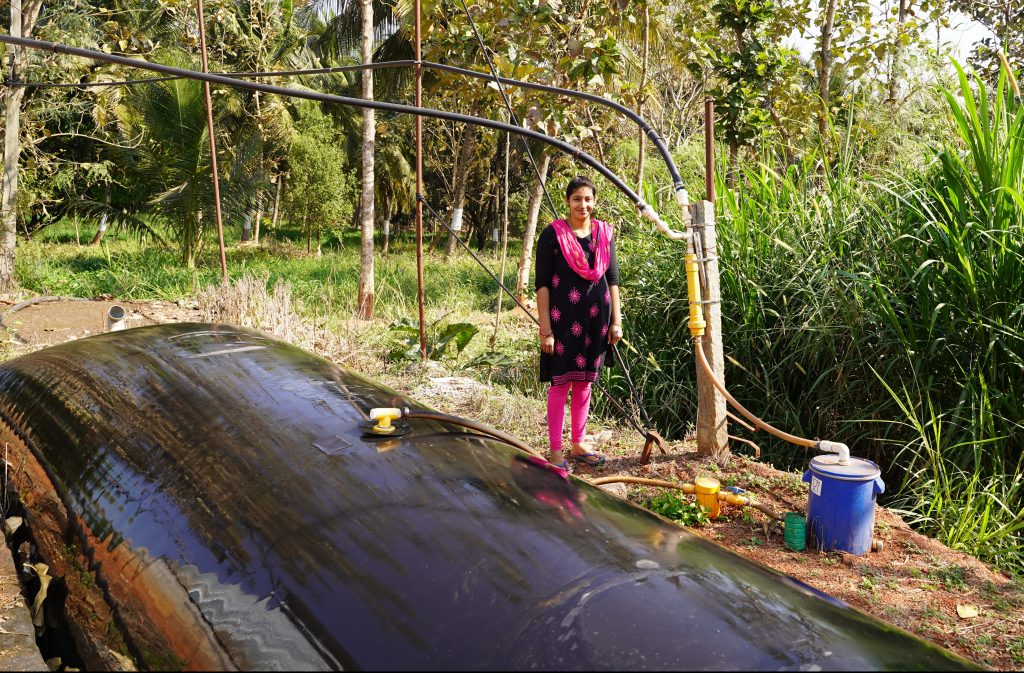 At Sistema.bio, we manufacture, sell and deliver modular, prefabricated biogas plants to smallholder farmers. We market and sell this clean technology directly to farmers with a financing, service and training package that ensures access and adoption by farmers at the bottom of the pyramid at the household level. Since farmers have access to surplus animal waste, our biogas plants are designed to operate most efficiently with animal waste. Sistema.bio biodigesters typically require at least two cows (or equivalent livestock like pigs, poultry, etc.) to produce enough organic waste to have a meaningful impact for a household, as well as require access to water.
At Sistema.bio, we manufacture, sell and deliver modular, prefabricated biogas plants to smallholder farmers. We market and sell this clean technology directly to farmers with a financing, service and training package that ensures access and adoption by farmers at the bottom of the pyramid at the household level. Since farmers have access to surplus animal waste, our biogas plants are designed to operate most efficiently with animal waste. Sistema.bio biodigesters typically require at least two cows (or equivalent livestock like pigs, poultry, etc.) to produce enough organic waste to have a meaningful impact for a household, as well as require access to water.
India produces over 1100 million tonnes of waste every year from a livestock population of 536 million. This makes biogas plants a viable option to power the homes in rural India which are plagued with unreliable power supply. To produce electricity, biogas can be used as fuel for combustion engines, which can further convert it to mechanical energy, and power an electric generator. Each cubic meter (m3) of biogas contains the equivalent of 6 kWh of calorific energy, which is equal to 21-23 MJ/cu.mt or 0.5 litre of diesel fuel. However, when we convert biogas to electricity in a biogas-powered electric generator, we get about 2 kWh of usable electricity, the rest turns into heat which can also be used for heating applications. 2 kWh is enough energy to power a 100 W light bulb for 20 hours or an 80W ceiling fan for >20 hours.
Our biodigesters provide a two-fold solution in the form of biogas and bio-fertiliser, which empowers the farmers by providing access to a clean energy source for cooking and a powerful organic fertiliser for a better and more abundant yield. Around 30 per cent of our customers in India also use biogas to power their water heaters, milking machines, chaff cutters and power their farms or houses.
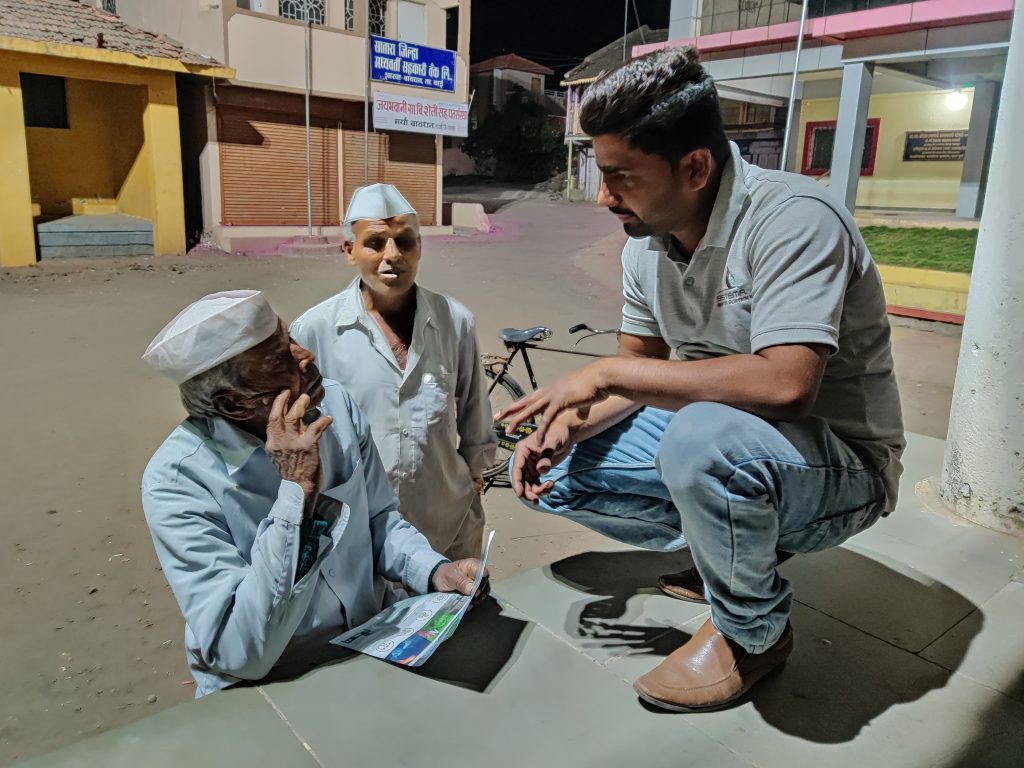 At Sistema.bio, we use our existing platforms and processes to offer payment plans, outreach, training, and monitoring. We have also built an in-house credit programme that matches payments with farmer cash-flows, charges low-interest rates and uses the product as loan collateral. We track the entire process on a cloud-based CRM, and our sales and technical teams collect baseline data, location and photos, and track ongoing interactions on smartphones. This allows us to integrate sales, installations, client payments, training and service visits in one platform, driving overall cost efficiency.
At Sistema.bio, we use our existing platforms and processes to offer payment plans, outreach, training, and monitoring. We have also built an in-house credit programme that matches payments with farmer cash-flows, charges low-interest rates and uses the product as loan collateral. We track the entire process on a cloud-based CRM, and our sales and technical teams collect baseline data, location and photos, and track ongoing interactions on smartphones. This allows us to integrate sales, installations, client payments, training and service visits in one platform, driving overall cost efficiency.
In terms of environmental benefits, removing the abundant supply of animal waste from the environment prevents nitrogen pollution and runoff into water resources. Biogas also helps mitigate methane emissions that would have otherwise escaped. Using this methane as a fuel dramatically reduces its climate impact by converting it into CO2, which is up to 34 times less potent as a greenhouse gas.
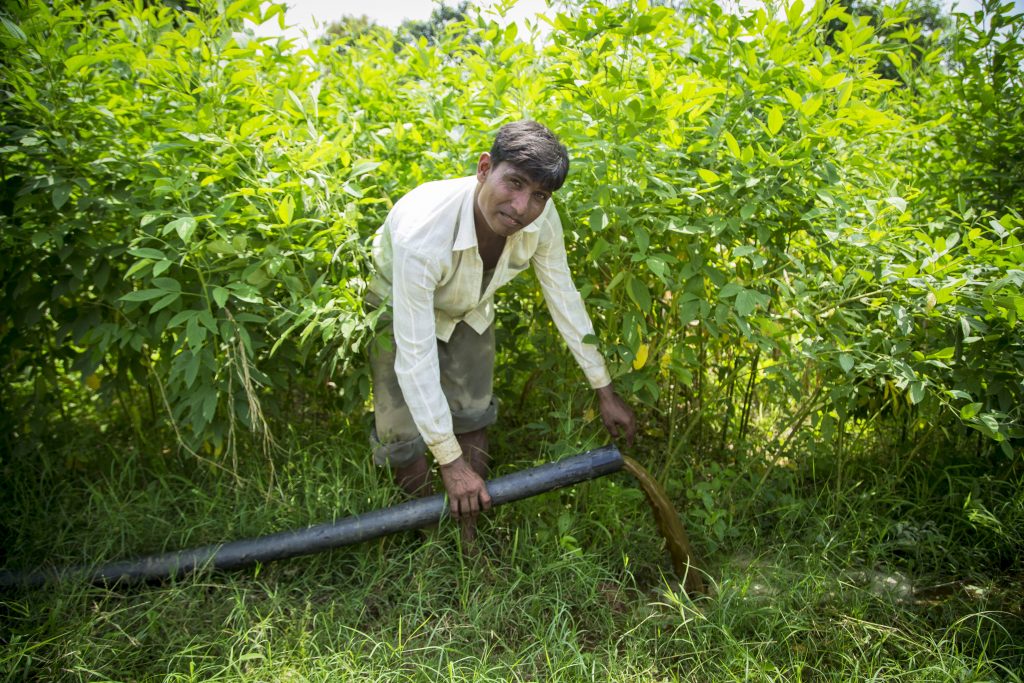
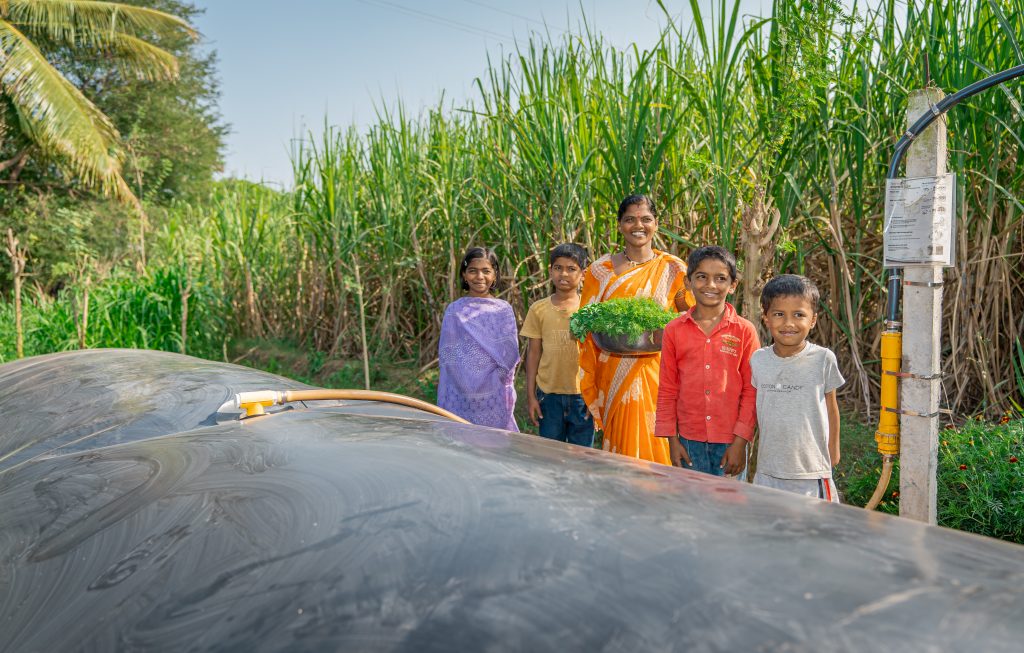
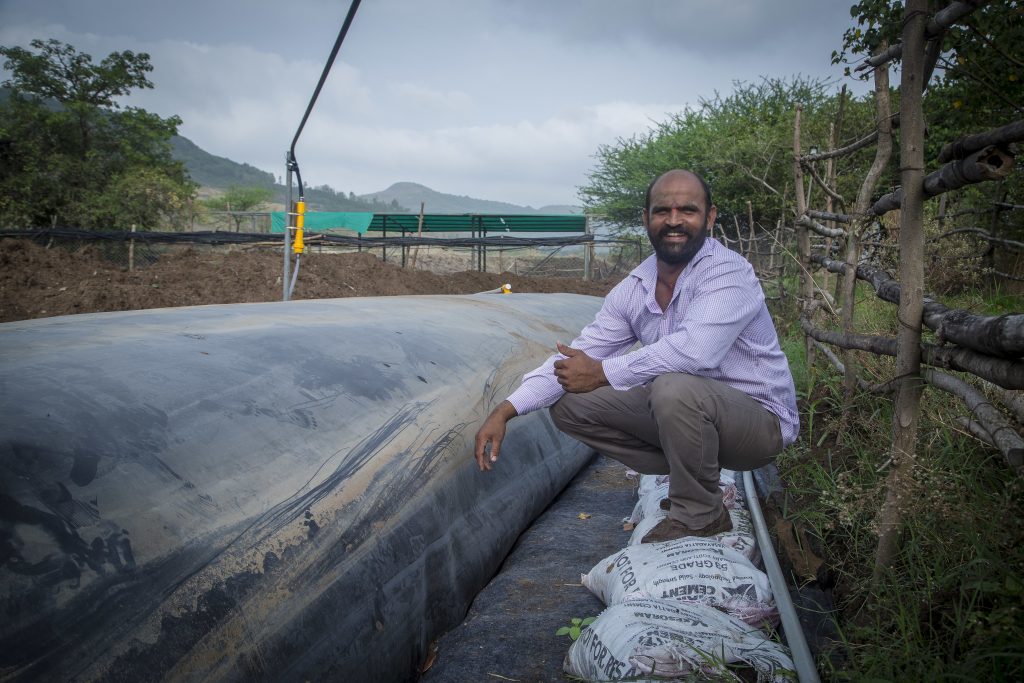 Using biodigesters, farmers have realised the economic benefits in the form of savings in fertilisers and energy of over Rs 1 lakh per year. They have also sold their crops to increase their income and create sources of employment. Some of our customers have reported earning over Rs 10,000 per month by selling their organic produce in the local market. Using a biodigester helps farmers to increase the productivity of their crops, which directly improves the diet of families without damaging the soil.
Using biodigesters, farmers have realised the economic benefits in the form of savings in fertilisers and energy of over Rs 1 lakh per year. They have also sold their crops to increase their income and create sources of employment. Some of our customers have reported earning over Rs 10,000 per month by selling their organic produce in the local market. Using a biodigester helps farmers to increase the productivity of their crops, which directly improves the diet of families without damaging the soil.
In terms of environmental benefits, removing the abundant supply of animal waste from the environment prevents nitrogen pollution and runoff into water resources. Biogas also helps mitigate methane emissions that would have otherwise escaped. Using this methane as a fuel dramatically reduces its climate impact by converting it into CO2, which is up to 34 times less potent as a greenhouse gas. In India, since 2018, we have installed over 12,000 digesters and have mitigated over 46,000 tons of CO2e by treating more than 10,39,000 tons of waste. We have been able to save 8,65,000 trees, which would have otherwise been cut for firewood.
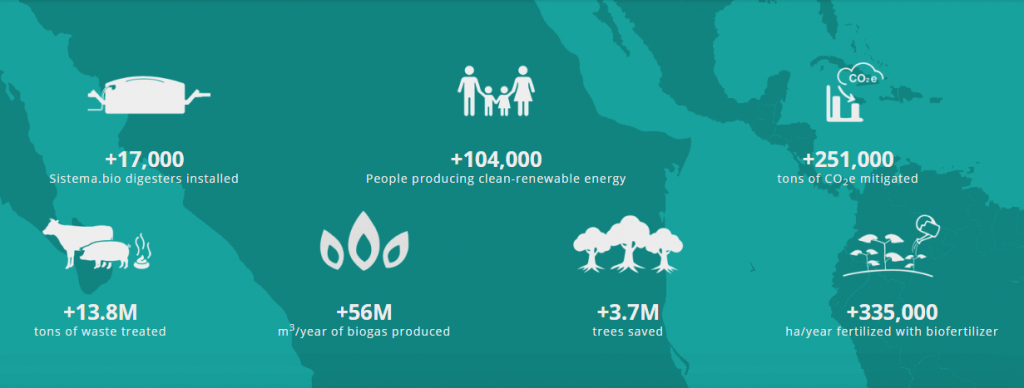
At the ground level, we have seen that there is a lack of awareness about biogas technology and its associated benefits. Biogas also faces a challenge in the form of high upfront installation costs. The lack of purchasing power in rural households becomes a major deterrent in the wide adoption of biogas at the household level. Promotion of other forms of energy by the Government such as LPG, which are unclean, through nationwide schemes, undermines the role of biogas technology in the upliftment of rural households.
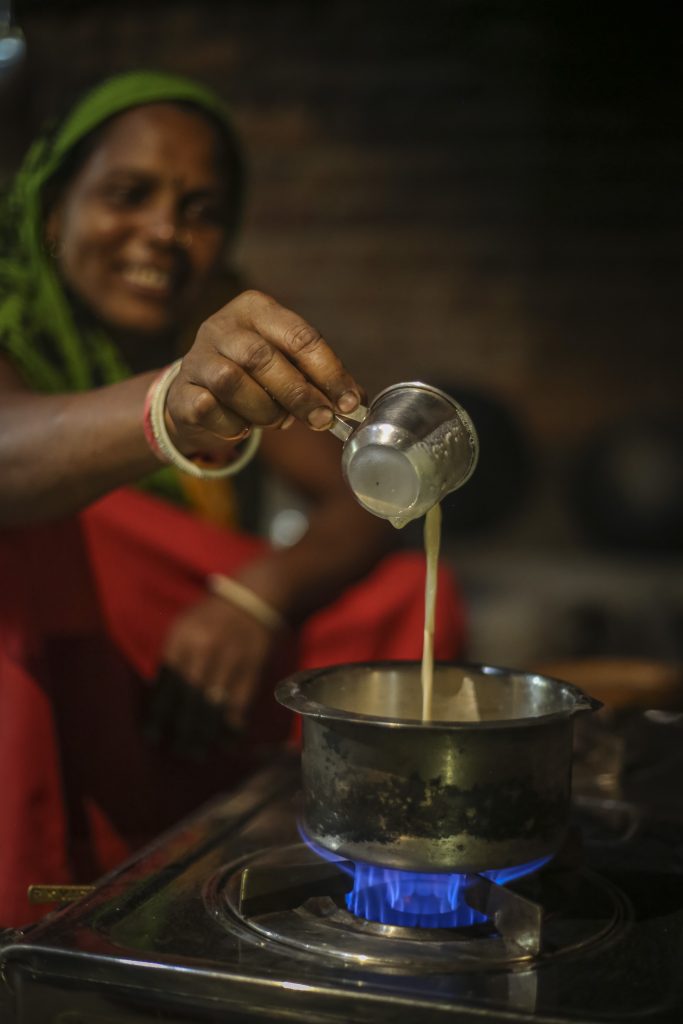 Sistema.bio is trying to address these challenges by providing innovative, tailored biogas plants, which are manufactured in India to ensure cost-efficiency. Currently, Sistema.bio India operates in over 14 States with major hubs in Assam, Karnataka, Maharashtra, Gujarat, and Chhattisgarh. Our biodigesters have impacted more than 72,000 people in the remotest corners of the country. We have been making efforts to get Flexi-biodigesters recognised by the Government to include them in the subsidy programme provided by the Government to further lower the cost of modern biogas technology and make it more affordable.
Sistema.bio is trying to address these challenges by providing innovative, tailored biogas plants, which are manufactured in India to ensure cost-efficiency. Currently, Sistema.bio India operates in over 14 States with major hubs in Assam, Karnataka, Maharashtra, Gujarat, and Chhattisgarh. Our biodigesters have impacted more than 72,000 people in the remotest corners of the country. We have been making efforts to get Flexi-biodigesters recognised by the Government to include them in the subsidy programme provided by the Government to further lower the cost of modern biogas technology and make it more affordable.
Piyush Sohani is the Country Director for Sistema.bio India.

